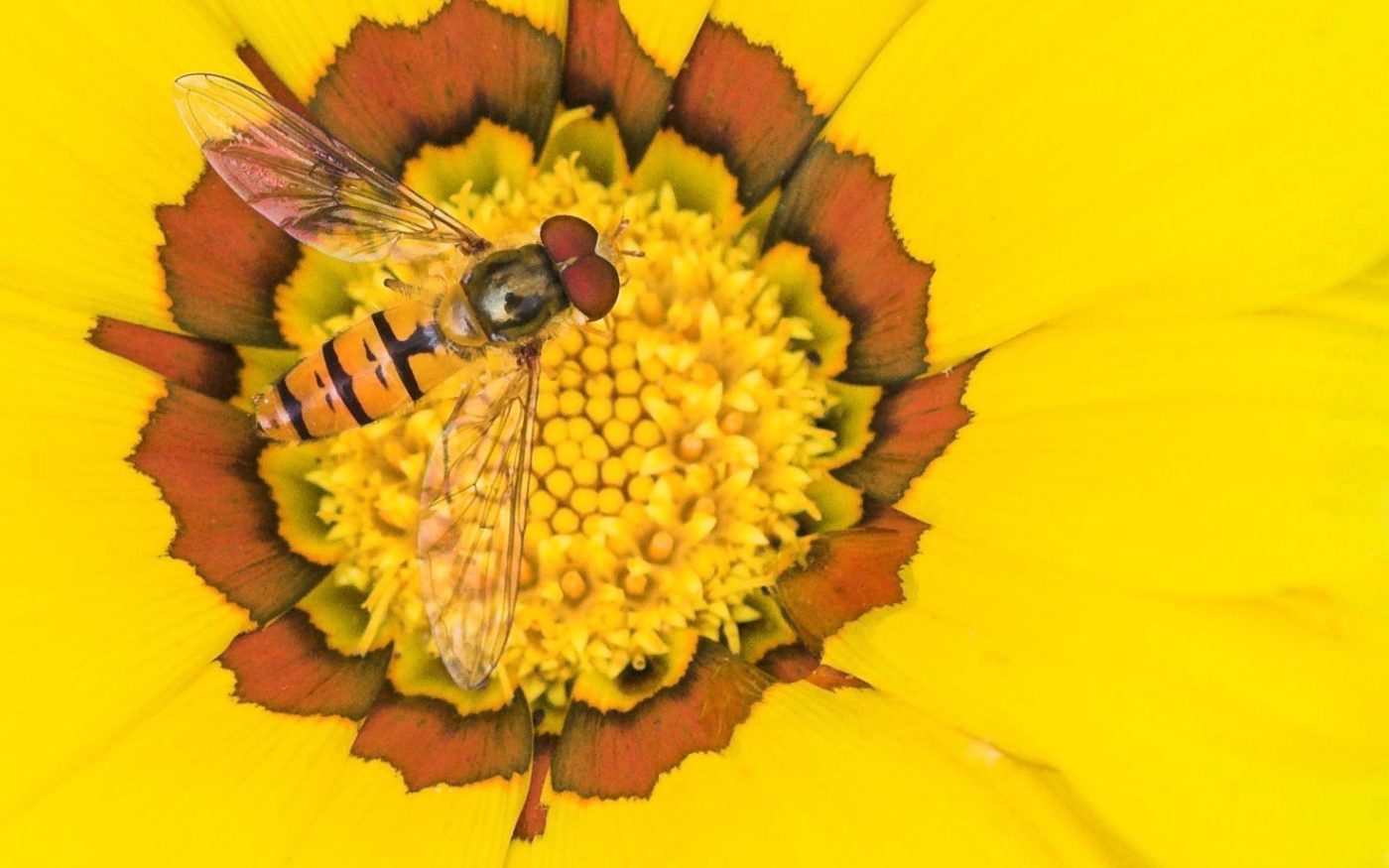
Helen Roy is a research ecologist at the Centre for Ecology and Hydrology. Her research focuses on the effects of environmental change on insect populations and communities. She is particularly interested in the dynamics of invasive non-native species and their effects on native biodiversity. She leads a European COST Action on invasive non-native species involving a network of more than 30 countries. Helen also leads the UK Ladybird Survey as a volunteer and this citizen science initiative links into her research focusing on the invasive harlequin ladybird as a model species. The UK Ladybird Survey has the broad aim of recording and mapping ladybird species across the UK.
It’s winter and a blustery Sunday in south Oxfordshire but still I have the good fortune of beginning my day with ladybirds – orange (Halyzia sedecimguttata), 7-spots (Coccinella septempunctata), 16-spot (Tytthaspis sedecimpunctata) and the inevitable harlequin ladybird (Harmonia axyridis). I haven’t even ventured out of the house – these are the records in iRecord (http://www.brc.ac.uk/irecord) the on-line system used by the UK Ladybird Survey (and many others) for managing biological records.
One of the most important roles as the volunteer scheme organiser (alongside Peter Brown) for the UK Ladybird Survey is to check the records arriving on-line. It is such a pleasure. I thoroughly enjoy discussions with people across the UK about ladybirds. This morning a harlequin ladybird record has arrived from Stirling, Scotland. This is a surprise. Although harlequin ladybirds have spread rapidly across England and Wales there have been relatively few Scottish sightings. Could this be evidence of further spread by this species? Some of the previous Scottish records were of stowaways on produce and luggage. The record received today is different – it is an individual (spectabilis colour form) found in a deciduous woodland. Immediately I reply to the recorder and send a tweet (@UKLadybirds) to ask if anyone else has seen harlequin ladybirds in Scotland recently.

Every day I devote some time to ladybirds – it is a simple, but immensely rewarding, pleasure! It might be an entire day in the field with my sweep net but more usually it is 15 minutes checking records in iRecord and responding to queries and questions. The UK Ladybird Survey receives about 25000 records a year from thousands of recorders. Some people just send in one or two records and others send in many more. Every record counts and I am appreciative of the inspiring contributions from so many people.
My research on ladybirds now spans more than twenty years and I am as excited (perhaps even more so) by these little creatures now as I was when I began my PhD in 1994. They are captivating. Exquisite. Intriguing. The UK Ladybird Survey provides me with a picture of ladybird activity across the UK and I cannot adequately convey how privileged I feel to have that insight delivered to me by all the volunteers involved on a daily basis.
I have a passion for science communication and ladybirds get me many invitations to talk. From natural history societies to television and radio broadcasts, from schools to on-line blogs, from festivals to books and peer-reviewed publications – I enjoy every opportunity. I am not in any doubt who is leading the PR campaign for ladybirds or who the charismatic partner is in our relationship – the ladybirds win on every count!

In 2015 Pete and I published an article in Ecological Entomology – Ten years of invasion: Harmonia axyridis (Pallas) (Coleoptera: Coccinelllidae) in Britain. We hope that it adequately celebrates the contributions of so many in tracking the spread of the harlequin ladybird across the UK. We also hope that people will continue to contribute to the UK Ladybird Survey for decades to come. I was delighted to hear this week that a paper I have been writing on patterns of global invasion by the harlequin ladybird (including 55 coauthors from all around the world) has been accepted in Biological Invasions. This new paper highlights the success of this ladybird in colonising diverse habitats around the world and the subsequent interactions (sadly often negative) it has with other species it encounters. It also highlights the incredible collaborative spirit of entomology – involvement of volunteers around the world is enabling that community to prosper and I feel immeasurably happy to be of part it both as a volunteer and as a research ecologist.

